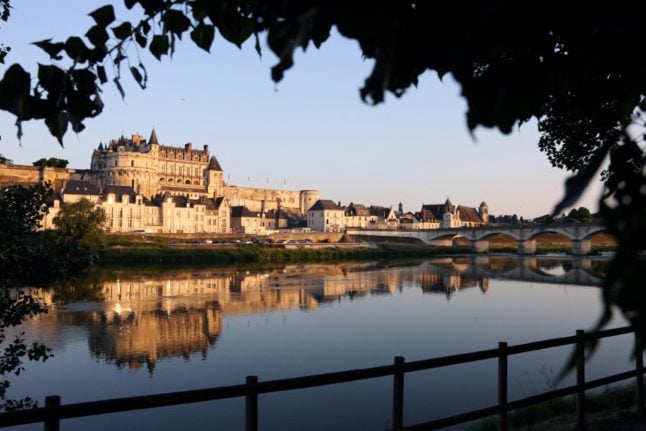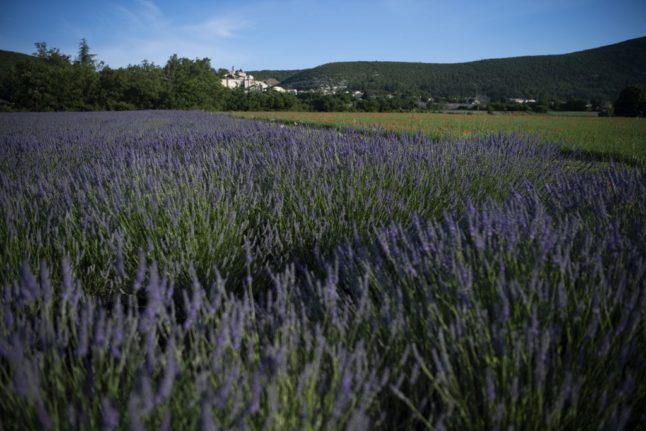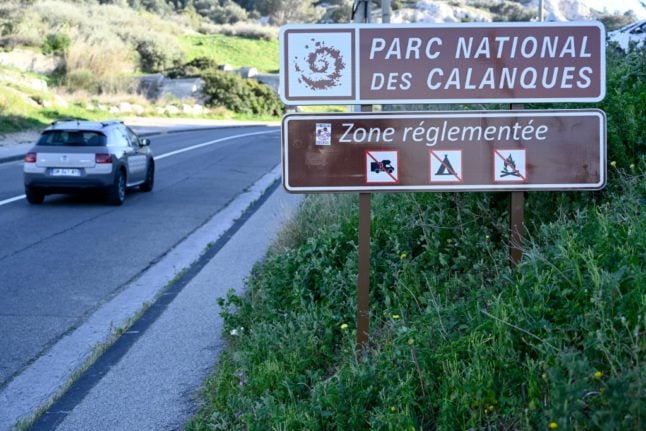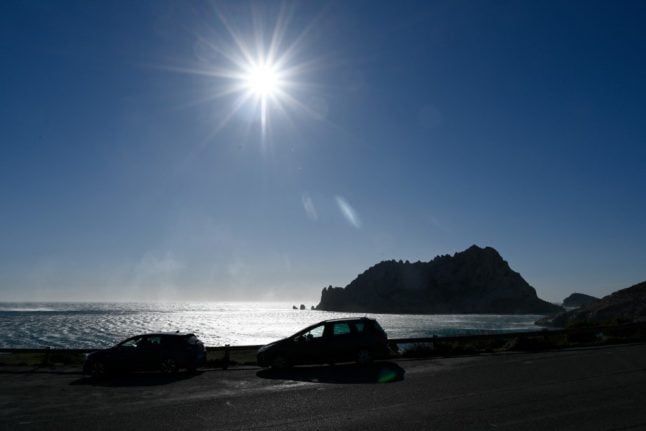From Monday, May 3rd France sees the end of the 10km rule meaning journeys within France are once again possible for leisure purposes, and there is no restrictions on travel between regions.
The reopening of sites including café terraces and museums comes in phases over the next two months, depending on the health situation.
READ ALSO The full calendar for France’s reopening
So we’ve rounded up some activities for those looking for fresh air and a change of scenery.

Cycling in Amboise
Nestled on the banks of the Loire River, the town of Amboise – featuring the Château d’Amboise, which boasts some of the first Renaissance motifs introduced into French architecture – is linked to an array of bike trails that carve through vineyards, châteaux and sprawling greenery.
The town features some beautiful medieval architecture and is home to the Clos Lucé, where Leonardo da Vinci lived and died in 1519.
Practical Info:
Surfing in Biarritz
Biarritz, on the Basque coast of southwestern France, is the destination for surfing in France, located less than 50 kilometers from the Spanish border.
The city boasts multiple surf schools for all levels and some fabulous Atlantic coastline to explore for any non-surfers in the group.
Practical Info:

Lavender Fields in Provence
The stunning lavender fields of Provence come alive throughout the summer, with the optimal visiting time depending on the exact area.
While Valensole usually reaches its peak bloom in the end of June, the fields in Sault bloom throughout mid-July due to higher altitude. The Arôma Plantes Distillery nearby Sault, a provincial town built into a hilltop, offers free guided tours of its family-owned fields, which have been operating organically since 1978.
There have been lavender fields in Provence since the days of the Roman Empire, and the region is dotted with historical sites from outdoor Roman ruins to Van Gogh’s room in St Paul’s Mausoleum and its surrounding fields of lavender.
VIDEO 16 stunning places to visit in France
Practical Info:
Rowing in Versailles
There is little that feels more regal than rowing along the Grand Canal in the Parc de Versailles, the former backyard of Louis XIV.
The canal, with a perimeter of 5.5 kilometers, was created in the late 17th century by royal gardener André Le Nôtre. Boats can be rented directly on the canal for €17 per hour and the town of Versailles is accessible from Paris on the RER suburban train network.
Practical Info:
Walk the Pointe du Raz
The Pointe du Raz, located in Brittany’s Finistère department, is one of the westernmost points in France.
The rocky pathway, which jets off into the Atlantic, boasts dramatic waves and wind reminiscent of a Turner painting. Watch out for Brittany’s famous weather, though.
Practical Info:
Flâner in Saint-Paul-de-Vence
Saint-Paul-de-Vence, a 3,324-population town resting on a mountaintop near Nice, is one of the oldest towns in Provence dating back to the 10th or 11th century.
Besides featuring medieval architecture and stunning views of the Mediterranean and surrounding mountains, Saint-Paul-de-Vence has an artistic thread running through it, with Matisse, Picasso and Modigliani among its former regulars.
Marc Chagall lived in the town for 19 years and is buried in its cemetery overlooking the sea. These days there are plenty of art shops and galleries scattered throughout its narrow winding streets. It’s difficult to imagine a better place to practice the French art of flâner after six months of lockdown measures.
Practical Info:

Calanques in Cassis
The calanques, a natural formation of white cliffs that formed 12,000 years ago on the coast between Marsaille and Cassis, offer endless opportunity for outdoor, socially-distanced activities.
Swimming, hiking, boating and even birdwatching activities are also available against the backdrop of famously bright beaches.
Practical Info:
The National Park of Calanques
Bordeaux vineyards
We could all use a glass of wine after the past year. When it comes to France’s grapes, Bordeaux doesn’t really need an introduction.
Château Guiraud is the first of the 1er Grands Crus Classés from 1855 in Sauternes, the epicentre for sweet white wine production, and offers visitors a chance to tour the 128 hectare property for a two-hours at around €30.
Practical Info:
Outdoor Sports in the Alps
The ski season has been a complete loss for business in the Alps due to season-long closures, but when the snow melts, the peaks give way to mountain bike trails and lush greenery.
Les Arcs Paradiski resort, which opens fully on June 26th (though open for all of June on the weekends), offers an array of outdoor activities from mountain biking to rafting and golf. The resort is located in Savoie in the mountain town Bourg-Saint-Maurice.
The area is also perfect for hikers.
Practical Info:
Camping… throughout France
For those looking to fully get off the grid, there’s always camping.
There are numerous directories online with details on campsites across France, offering varying degrees of amenities from tent spots to basic cabins.
Practical Info:



 Please whitelist us to continue reading.
Please whitelist us to continue reading.
Member comments